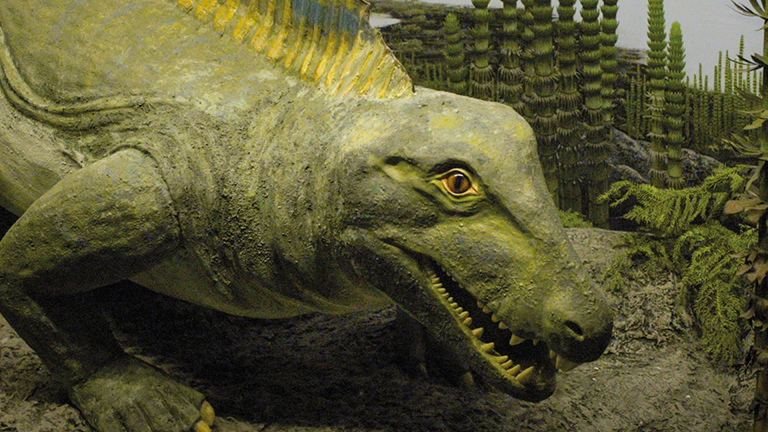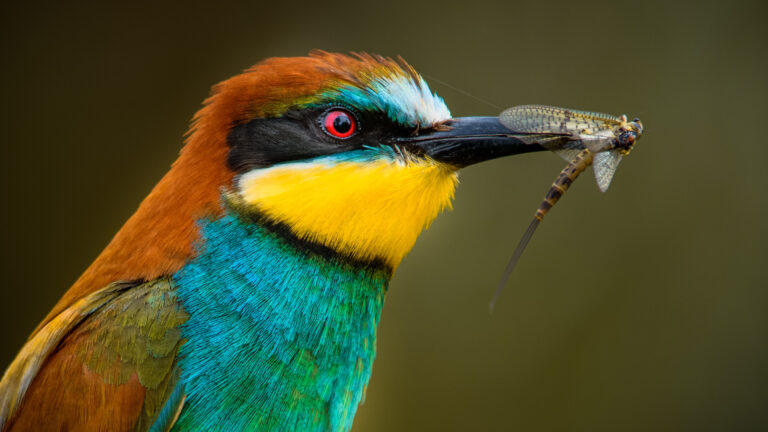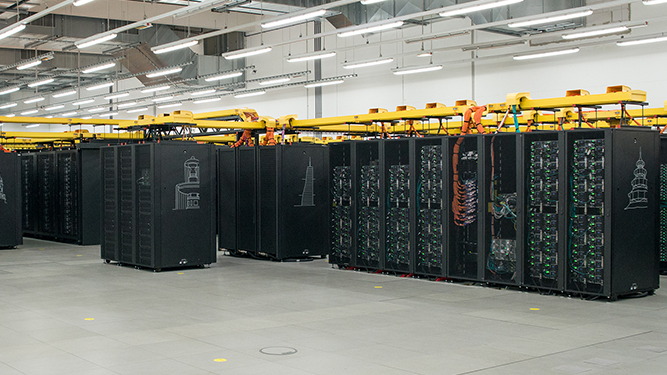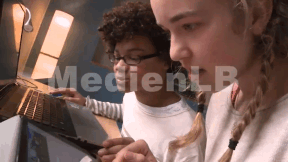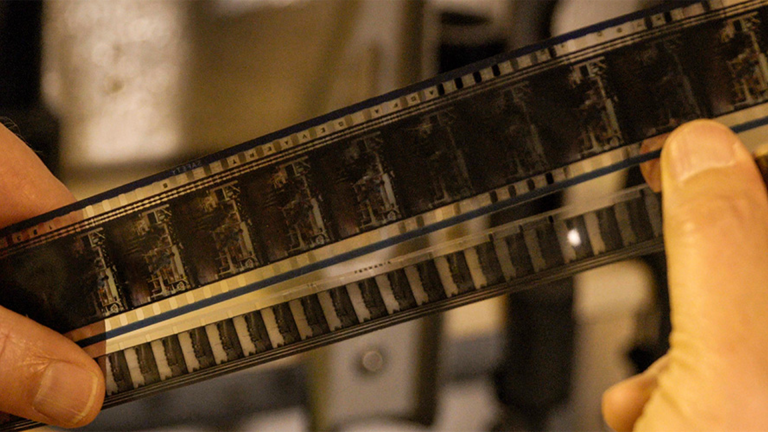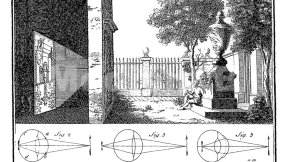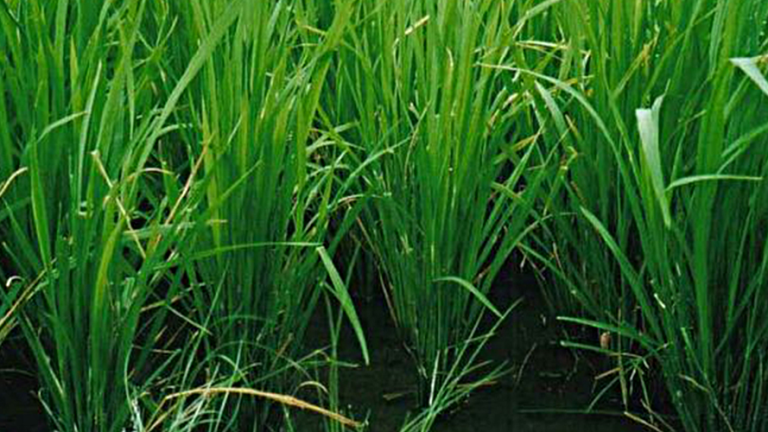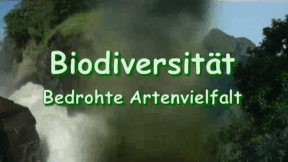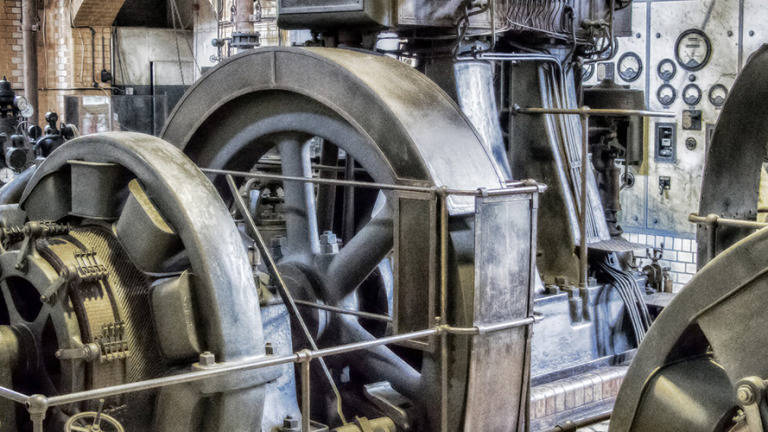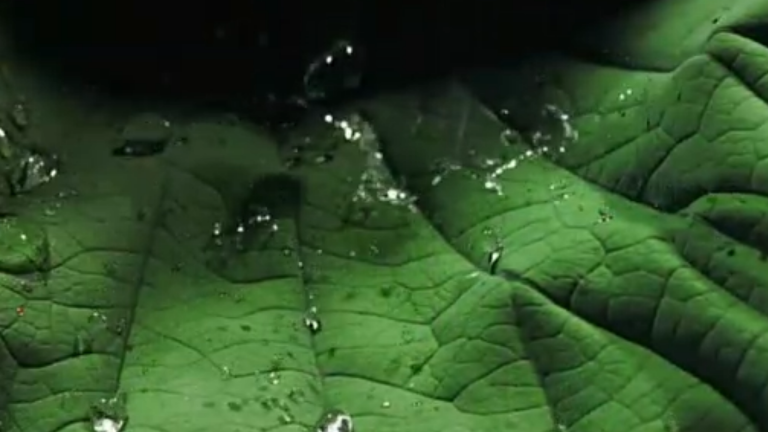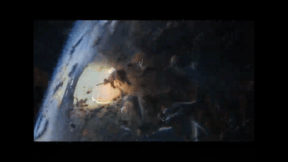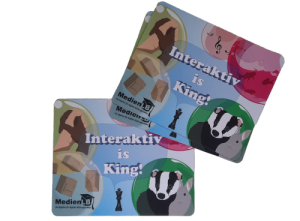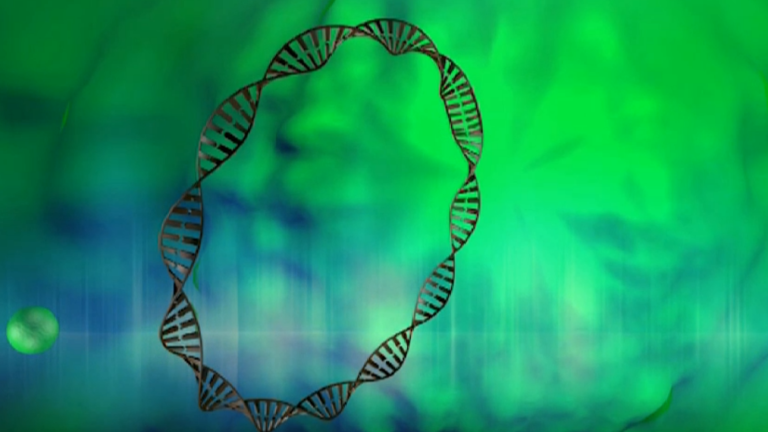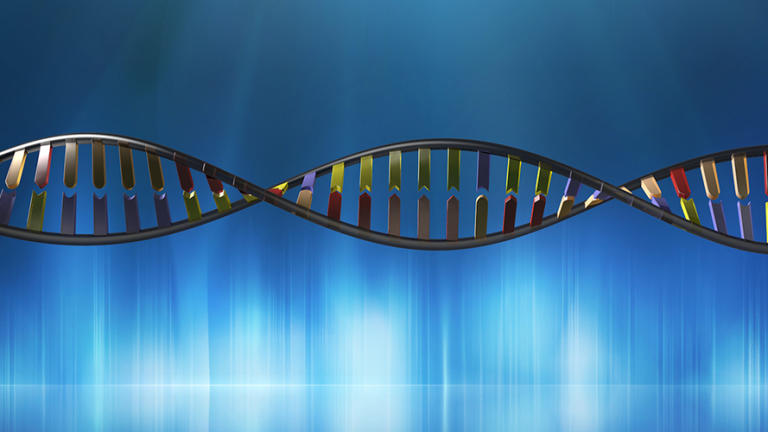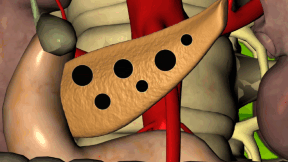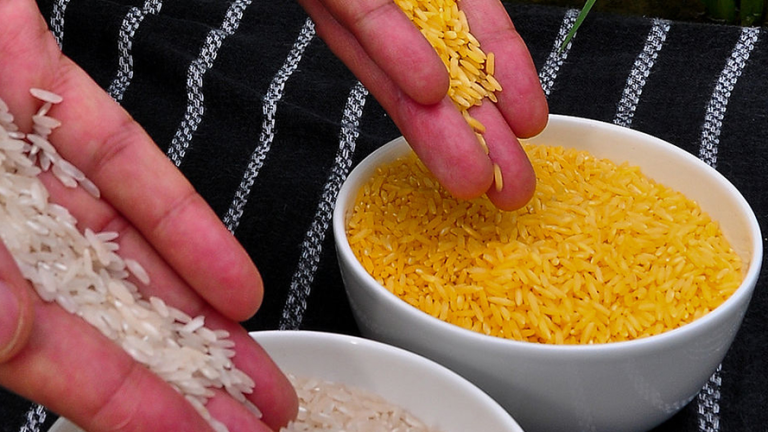Suche:
- # Artistry
- # Biology
- # Chemistry
- # Ecological
- # Economy
- # English
- # Foreign Language
- # Geography
- # German
- # Health
- # History
- # Informatik
- # Latin
- # Mathematics
- # Media Education
- # Music
- # Physics
- # Politics / Civics
- # Preschool
- # Primary School
- # Religion
- # Society
- # Sports
- # Technology
- # Training of Teachers
- # Vocational Education
Besuch im Museum
Museen spiegeln in Form von Gegenständen, Texten, Ton, Gemälden, Briefen usw. die Vergangenheit, lassen die Gegenwart verstehen und manchmal sogar einen Blick in die Zukunft werfen. Sie sind die Bewahrungsstätten von Kultur und Geschichte und damit ein besonderer Ort außerschulischen Lernens.
Learn moreBewerbung
Bereits in den letzten Schuljahren werden die Schülerinnen und Schüler mit den Anforderungen des Berufslebens vertraut gemacht.
Learn moreBilder laufen
Das Prinzip der Camera Obscura war bereits Aristoteles bekannt. Heute gilt sie als Vorläufer der modernen Fotografie.
Learn moreBiodiversity
The exact numbers of plant and animal species on earth are unknown. What we do know, though, is that there is a dramatic decline in the variety of species mainly triggered by man. The "threats to biodiversity" as well as their causes are the topics of this film. It illustrates the reckless exploitation of the resources of the earth on land and in the oceans.
Learn moreBionics
Humanity’s achievements in engineering have always been admired. This applies to antiquity’s Seven Wonders of the World as well as to the architectural masterpieces of modern times, such as the Eiffel Tower. The ideas of architects, physicians, mathematicians, chemists, engineers and technicians often have their origins in nature. Nature offers a huge reservoir of materials, which have proven their worth by permanent adaptation over millions of years. However, scientists do not just try to copy nature but strive to understand its principles and constructions and make them technically applicable in a modified way. Biology and technology have merged to the scientific discipline of BIONICS. Why can birds and insects fly? How do creatures live in the water without getting wet? Why is the blue morpho butterfly bright blue without the help of a colorant? Why is the lotus leaf always clean? Which building materials are there in nature? These and many more questions are answered in this DVD! Furthermore, the film gives a detailed illustration of how science implements and reconstructs nature’s ideas and makes them usable for us.
Learn moreBiotechnology I
Biotechnology is the application of science and technology to living organisms. Today, biotechnology plays an increasingly important role in everyday life. Very rarely, however, are we aware of it because you cannot tell the biotechnological origin of products of the medical, pharmaceutical and food industries by their look. For example, the enzymes needed for cheese production are formed by biotechnologically programmed mould fungi.
Learn moreBiotechnology II
The results of the fundamental research in genetics and genetic engineering are the basis for the further development of biotechnology, whose basics have already been covered in part I of the biotechnology series. In conjunction with findings in microbiology, biotechnology has made significant progress. In particular the identification of the genetic code has opened up new possibilities for numerous applications. It has enabled the genetic modification of organisms for a desired purpose. The close cooperation between different disciplines in biotechnology continuously generates new insights and possible applications. Moreover, in the so-called red biotechnology – which is medical biotechnology – biologists, medical scientists and pharmacists contribute, amongst other things, to the development of new medicines, thus creating a link between scientific fundamental research and its medical application. An important example of red biotechnology is the production of insulin.
Learn moreBiotechnology III
Biotechnological knowledge and applications can be divided into several subareas. For easy orientation and distinction, the respective fields have been assigned a specific colour. The second part of this biotechnology series covered red biotechnology, which is the medical field. In this part, green biotechnology, which refers to agriculture, white (industrial) biotechnology and grey biotechnology, which refers to environmental protection, are dealt with.
Learn more





